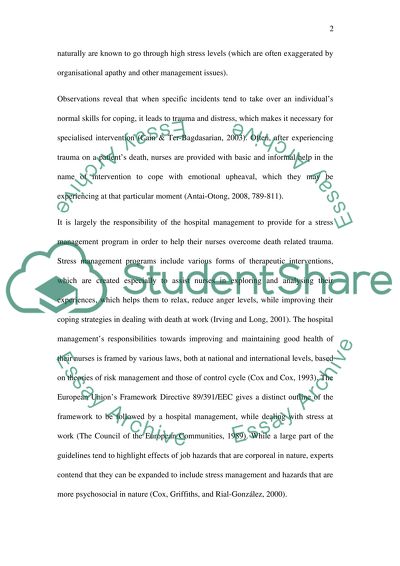Cite this document
(“Death at workplace and associated stress in the context of nursing Essay”, n.d.)
Retrieved from https://studentshare.org/psychology/1398462-death-at-workplace-and-associated-stress-in-the-context-of-nursing
Retrieved from https://studentshare.org/psychology/1398462-death-at-workplace-and-associated-stress-in-the-context-of-nursing
(Death at Workplace and Associated Stress in the Context of Nursing Essay)
https://studentshare.org/psychology/1398462-death-at-workplace-and-associated-stress-in-the-context-of-nursing.
https://studentshare.org/psychology/1398462-death-at-workplace-and-associated-stress-in-the-context-of-nursing.
“Death at Workplace and Associated Stress in the Context of Nursing Essay”, n.d. https://studentshare.org/psychology/1398462-death-at-workplace-and-associated-stress-in-the-context-of-nursing.


